Human DPPIV/CD26 ELISA Kit
$299.00 – $419.00
ELISA Kit Detail Information
| Related Target | |
|---|---|
| Species | human |
| Sample Type | Serum, plasma, cell culture supernatant, and other biological samples |
| Sample Volume | 20 μL |
| Sensitivity | 3.04 pg/mL |
| Array Range | 15.63 pg/mL – 1000 pg/mL |
| Assay Time | 3.5 h |
| Recovery | 95% – 110% |
| Average Recovery | 102% |
| Intra Precision | 3.7% - 5.5% |
| Inter Precision | 3.9% – 5.4% |
| Plate | Detachable 96-well plate |
| Storage | If the reagent kit is unopened, it should be stored at 4℃. However, if it has been opened, the standard solution should be stored at -20℃, while the other components should be stored at 4℃. |
| Delivery | 4℃ blue ice transportation |
| Components | 96-well polystyrene enzyme-linked immunosorbent assay (ELISA) plate coated with anti-DPPIV/CD26A monoclonal antibody Human DPPIV/CD26A freeze-dried standard DPPIV/CD26A detect Antibody Standard Diluent Assay Buffer(10×) Substrate TMB Stop Solution Washing Buffer(20×) Sealing Film |
| Assay Principle | This kit utilizes the double antibody sandwich enzyme-linked immunosorbent assay (ELISA) detection technique.Specific anti-human DPPIV antibodies are precoated on a high-affinity ELISA plate. Standard samples, test samples, and biotinylated detection antibodies are added to the wells of the ELISA plate. After incubation, DPPIV present in the samples binds to the solid-phase antibodies and the detection antibodies. After washing to remove unbound substances, streptavidin-HRP labeled with horseradish peroxidase is added. After washing, a colorimetric substrate, TMB, is added and the plate is incubated in the dark for color development. The intensity of the color reaction is directly proportional to the concentration of DPPIV in the samples.A stop solution is added to terminate the reaction, and the absorbance value is measured at a wavelength of 450 nm (with a reference wavelength range of 570-630 nm). |
Related Targets
DPP4
DPP4 Target Infomation Overview
- Target Symbol: DPP4, dipeptidyl peptidase 4
- Gene Groups: CD molecules; DASH family
- Alias: DPPIV
- Previous Names: CD26; ADCP2
- Alias Names: dipeptidylpeptidase IV (CD26, adenosine deaminase complexing protein 2); adenosine deaminase complexing protein 2; dipeptidyl-peptidase 4
DPP4, dipeptidyl peptidase 4 Target Infomation by Species
- Human
- Mouse
- Rat
Human DPP4 Target Information
- Target Symbol: DPP4, dipeptidyl peptidase 4
- Alias:
- ADABP
- ADCP-2
- ADCP2
- adenosine deaminase complexing protein 2
- CD26
- dipeptidyl peptidase IV
- dipeptidyl-peptidase 4
- dipeptidyl-peptidase 4 (CD26, adenosine deaminase complexing protein 2)
- dipeptidylpeptidase 4
- dipeptidylpeptidase IV (CD26, adenosine deaminase complexing protein 2)
- DPP IV
- DPPIV
- Gly-Pro naphthylamidase
- Post-proline dipeptidyl aminopeptidase IV
- T-cell activation antigen CD26
- TP103
- Xaa-Pro-dipeptidylaminopeptidase
- NCBI_Gene: 1803
- UniProtKB: P27487
Human DPP4 Predicted Functions
Enables several functions, including chemorepellent activity; peptidase activity; and protein homodimerization activity. Involved in several processes, including negative regulation of extracellular matrix disassembly; negative regulation of neutrophil chemotaxis; and regulation of cell-cell adhesion. Located in several cellular components, including apical plasma membrane; endocytic vesicle; and lamellipodium. Implicated in Middle East respiratory syndrome and type 2 diabetes mellitus.
Mouse Dpp4 Target Information
- Target Symbol: Dpp4, dipeptidylpeptidase 4
- Alias:
- Cd26
- CD26 antigen
- Dpp-4
- THAM
- NCBI_Gene: 13482
Mouse Dpp4 Predicted Functions
Predicted to enable several functions, including chemorepellent activity; peptidase activity; and protein homodimerization activity. Acts upstream of or within behavioral fear response; locomotory exploration behavior; and psychomotor behavior. Located in intercellular canaliculus. Is expressed in several structures, including genitourinary system; inner ear; intraembryonic coelom; liver; and primitive heart tube. Used to study Middle East respiratory syndrome. Human ortholog(s) of this gene implicated in Middle East respiratory syndrome and type 2 diabetes mellitus. Orthologous to human DPP4 (dipeptidyl peptidase 4).
Rat Dpp4 Target Information
- Target Symbol: Dpp4, dipeptidylpeptidase 4
- Alias:
- bile canaliculus domain-specific membrane glycoprotein
- CD26
- Dipeptidyl peptidase 4
- dipeptidyl peptidase IV
- DPP IV
- DPPIV
- GP110 glycoprotein
- T-cell activation antigen CD26
- NCBI_Gene: 25253
Rat Dpp4 Predicted Functions
Enables several functions, including collagen binding activity; dipeptidyl-peptidase activity; and identical protein binding activity. Involved in several processes, including B-1a B cell differentiation; proteolysis; and regulation of lymphocyte mediated immunity. Located in several cellular components, including Golgi apparatus; cell surface; and endoplasmic reticulum. Human ortholog(s) of this gene implicated in Middle East respiratory syndrome and type 2 diabetes mellitus. Orthologous to human DPP4 (dipeptidyl peptidase 4).


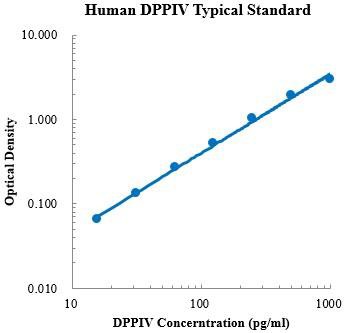
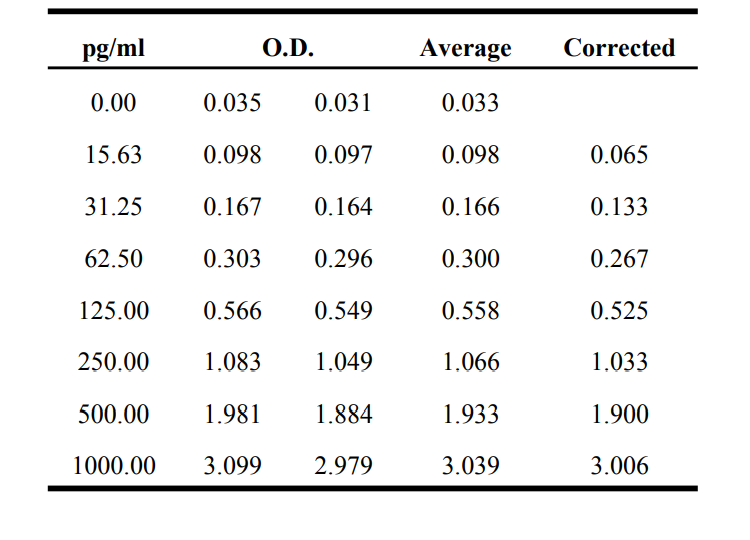

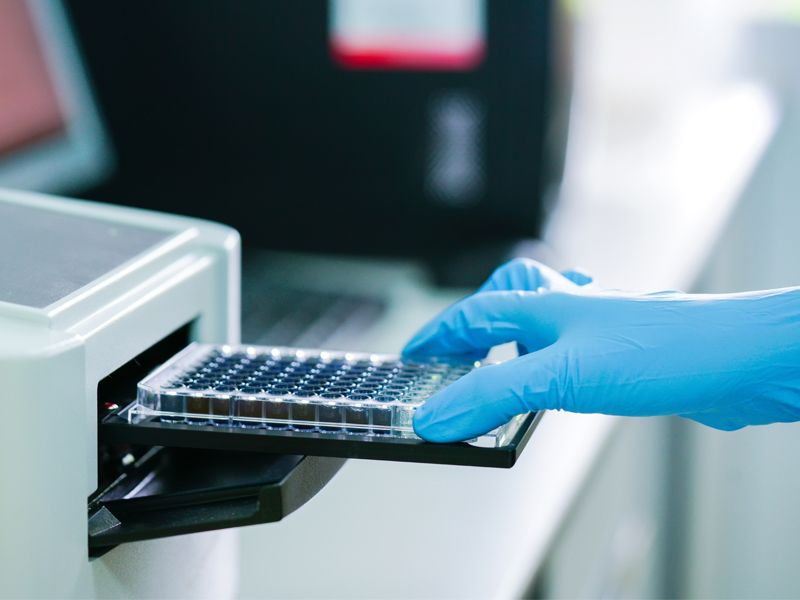
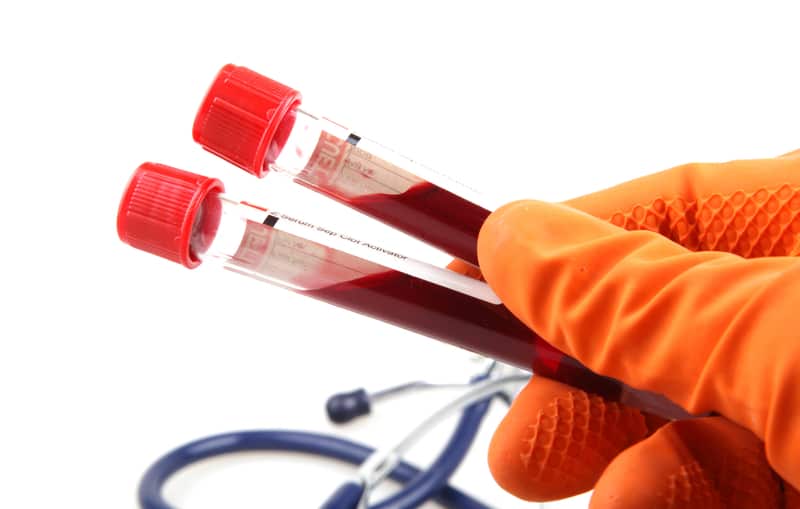

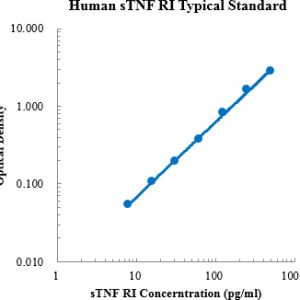
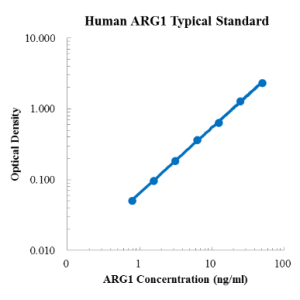
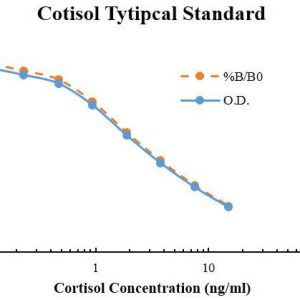
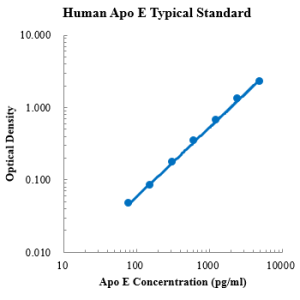
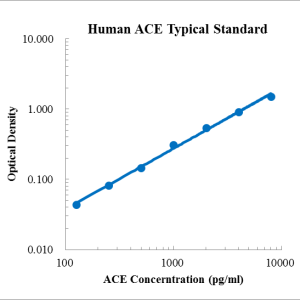
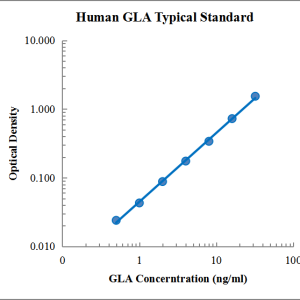
Reviews
There are no reviews yet.